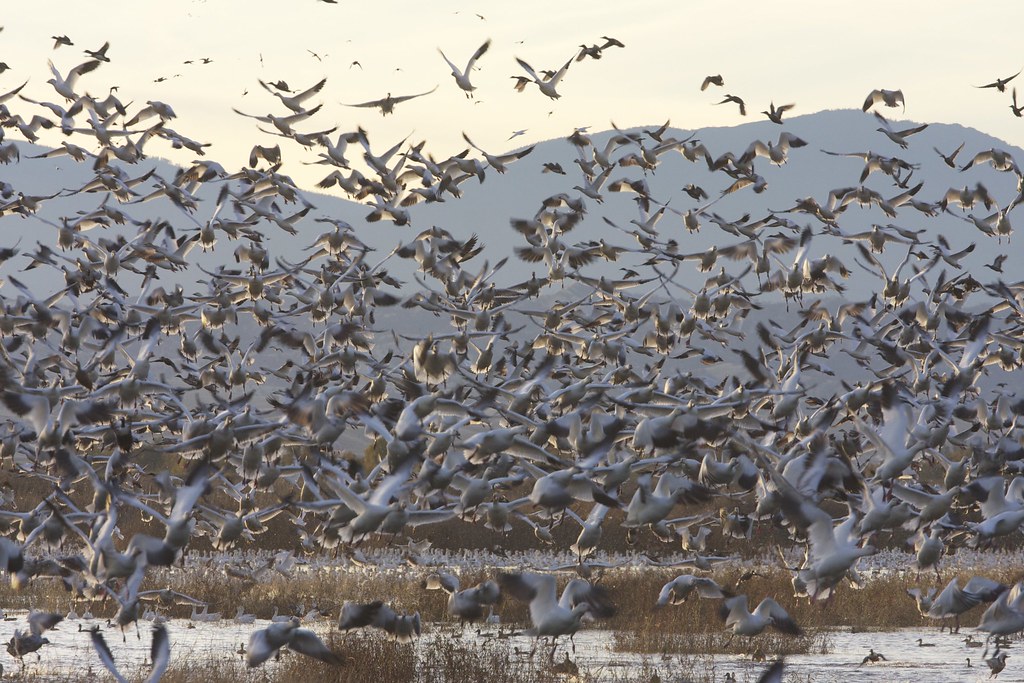I just saw an interesting article at the
Grist Mill that shows some of the statistics of global warming. According to the data they have seen from NOAA, no place on the planet has seen record cold temperatures so far this year. In fact, October was the 332nd consecutive month with a globally, above-average temperature. That means that anyone 27 years old or younger has never experienced a globally colder than average month. Pretty astounding.
Another interesting part of the article comes from
Jeff Masters of the Weather Underground. He claims that the drought of 2012 will prove to be ultimately more damaging than superstorm Sandy was both in terms of deaths and financial damage. That's pretty shocking. The conjecture is that both the drought and the storm were aided by higher than normal temperatures.
Of course, for some reason global warming is a hot political topic with accusations of faked data and all sorts of nasty conspiracy theories. Weather Underground helps me justify my stance on this issue... see below.
 |
| The Digital Diner Weather Station |
Aside from the gloomy news on global warming, I think that it is interesting that they quoted Jeff Masters from
Weather Underground as an expert on equal footing with scientists at NOAA. We have been streaming data from
our weather station here at Digital Diner continuously
to Weather Underground and
HamWeather (a lesser known weather service) since
August of 2001 (11+ years!!). Weather underground is a crowd-sourced sensor network of weather information where people like us contribute data from their personal weather stations. They are collecting data from 36,000 stations around the world which is very likely more than NOAA is collecting. This data can help lead to new understanding of really big issues like global climate change. Let that settle in for a second. A bunch of random folks can actually contribute to one of the biggest scientific issues of our time. That may be why this database of weather data from regular folks like us has become valuable enough that the Weather Channel has announced their intention to purchasing Weather Underground.
Little Sister is Watching
I've got an extensive background in the study of sensor technology and I've heard many concerns about what happens when these sensors proliferate and the government can monitor our every move. Will this technology help move us toward a state where
Big Brother is always watching us? I think we are already seeing some of this, just visit an airport for examples, but I also think we are seeing something else. It turns out that
little sister is watching too. By "little sister" I mean the rest of us. It's not just the government monitoring us. We can often monitor the government, big corporations and any other conspiracy promoting organizations you don't trust using the same type technology. While there may be people who argue that the government has some particular reason for wanting us to believe their data in support of global climate change, we have a more extensive set of weather data from non-governmental sources - the Weather Underground
(incidentally the name Weather Underground a reference to a 1960s militant radical student group the Weather Underground). I can't vouch for all the data on there, but I can tell you that at least
our data from our weather station is accurate. I think there are many other amateur meteorologists out there who can vouch for their own data on Weather Underground, and in this case it seems to correlate with NOAA data pretty well, so that makes me believe it is all accurate. The temperature of the Earth is rising. The bigger point is, so is our ability to understand our world. Sites like Weather Underground, HamWeather and
Cosm are providing a way for us to collect and share data to reach our own conclusions, not those fed to us by those who may have their own agenda. Just as
Wikipedia has become the defacto first source of information (the internet encyclopedia if you will despite the fact that
schools are fighting it) there are new sources of information popping up every day that are created by people like you and me. It is making it harder and harder for anyone to pull off an elaborate hoax.
Please dear readers, go prove to yourself that the world is as you believe. If you question whether or not the world is round, send up your
own balloon to take pictures. If you want to know what's happening with sea life in the San Francisco Bay, volunteer to help
count oysters and see for yourself. Rather than getting bogged down in political debate, go do some science for yourself!
Now back to your regularly scheduled program.







































